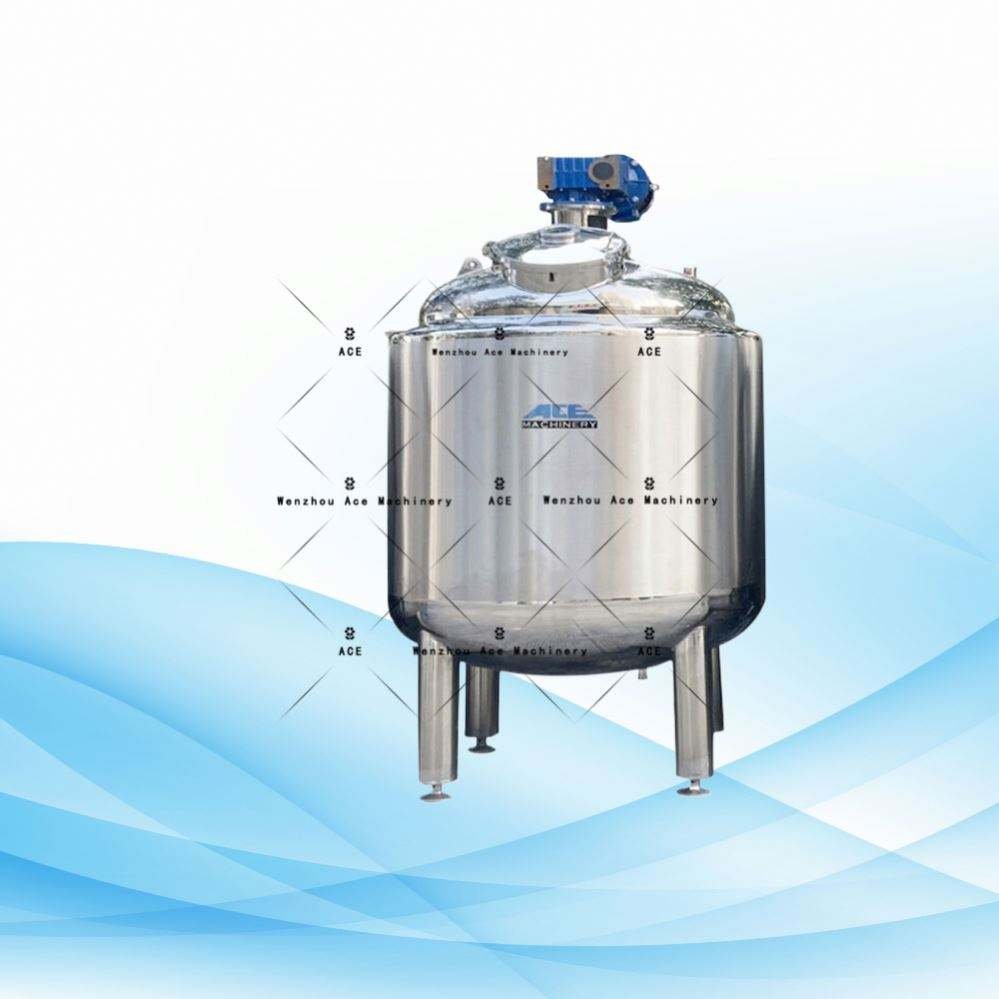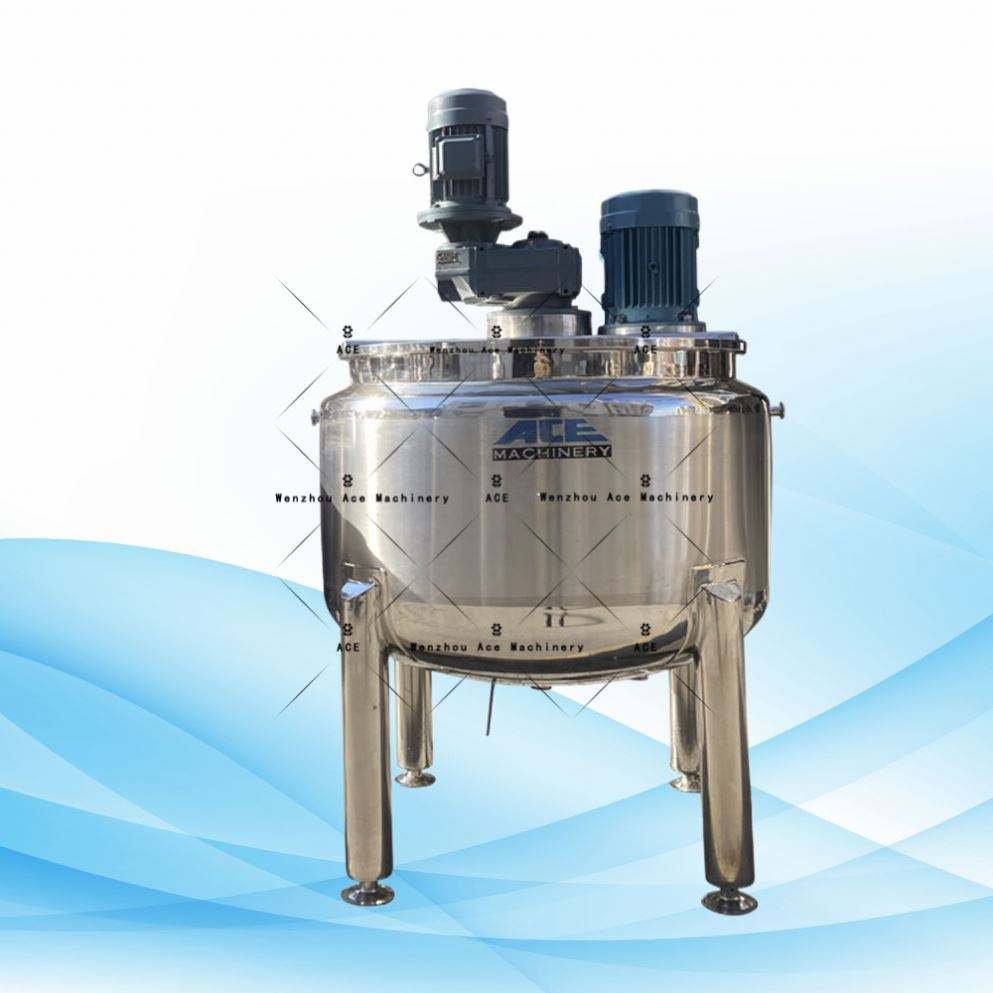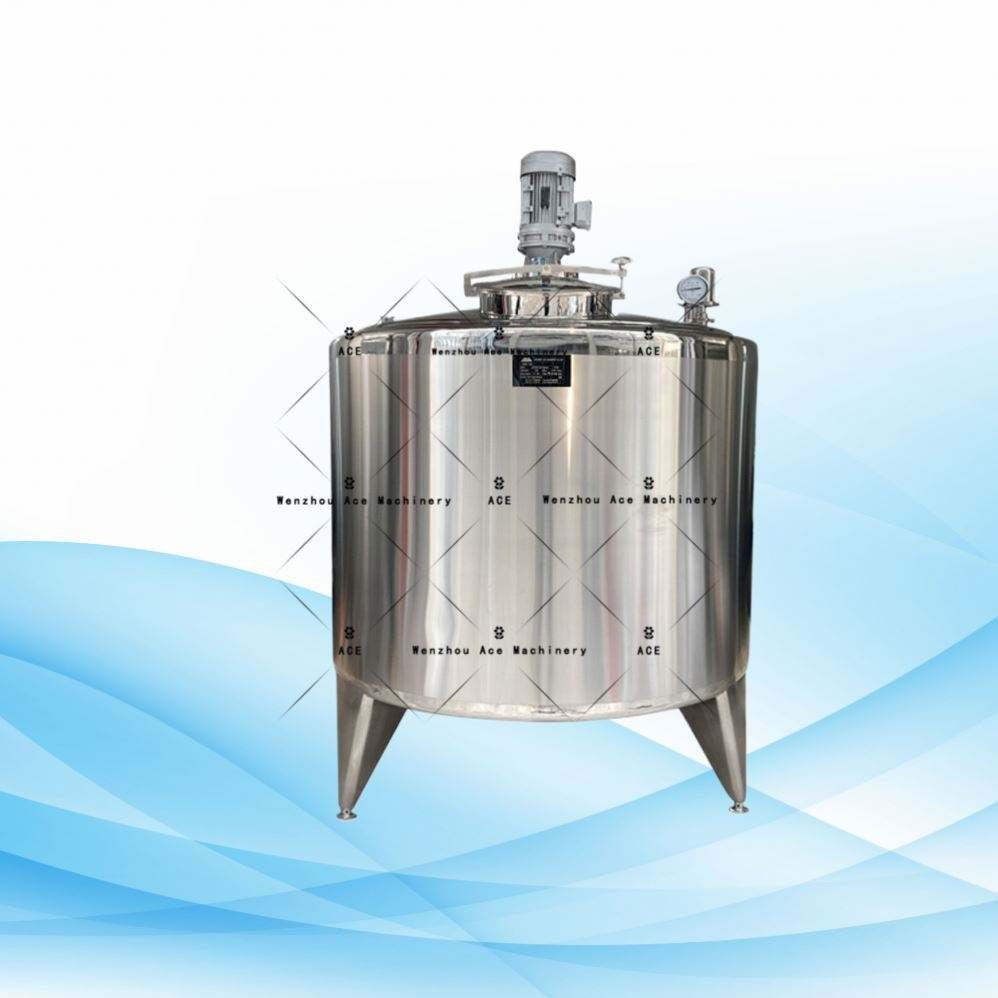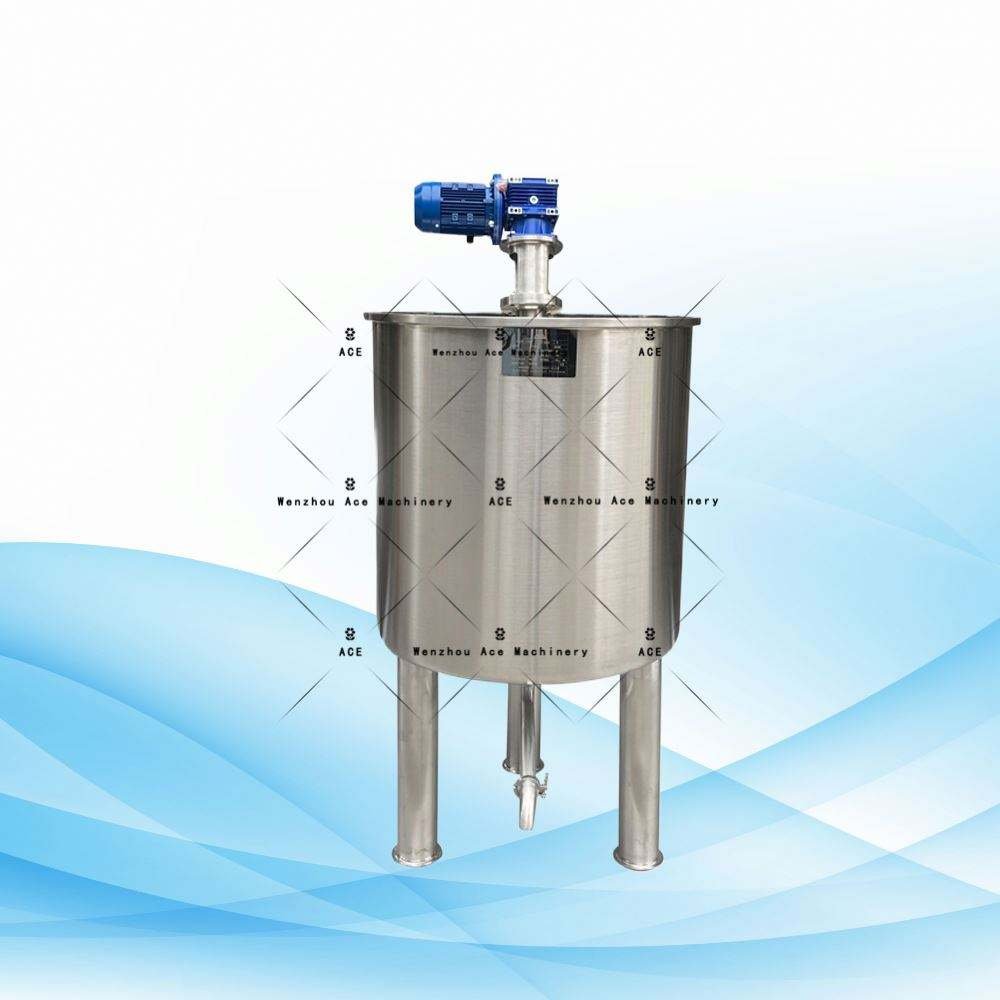Tank Agitator
What Exactly is a Tank Agitator?
Tank agitators are unsung heroes in the world of industrial machinery. These pivotal devices work tirelessly to mix, agitate, and homogenize different components within a tank, ensuring products meet a high-quality standard across numerous industries. Whether you’re in the food sector crafting creamy sauces or in pharmaceuticals mixing compounds, this machine plays an invaluable role by ensuring the effective and consistent blending of materials.
The role of a tank agitator isn’t one-size-fits-all. Depending on the task at hand, it might be responsible for homogenization—making sure all components are evenly spread—dispersion—helping solids spread through a liquid—, or dissolution—creating solutions by mixing solutes with solvents.
Another critical function of tank agitators is in heat exchange, vital for maintaining the right temperature in a mix. Accurate temperature control is invaluable in many industrial processes, making this feature particularly advantageous.
Beyond merely mixing, agitators help in preventing solids from settling at the tank’s base, thus maintaining suspension, which is crucial for uniform consistency.
Defining an Agitator
In simple terms, an agitator’s job within a tank is to unite various process ingredients. Whether dealing with liquids, gases, or solids like granules and powders, these media mix thanks to the energy introduced by rotating an impeller. Typically, an agitator features a motor, gearbox, a shaft, and impellers tailored for its specific task.
What’s the Agitator’s Role?
When you’re adding chemicals or pharmaceuticals, you need an agitator to blend the process media, whether they’re liquids, gases, or solids. Mechanically, the agitator moves energy by rotating a shaft connected to an impeller, crafted precisely for its purpose. Take, for instance, processes like axial pumping, gas induction, and flocculation. Whether dealing with high and low shear mixing or handling highly viscous products, the water industry also relies on agitators to integrate various chemicals into water, ensuring it’s potable.
The Anatomy of an Agitator
An agitator usually comprises three main components: a shaft equipped with an impeller, a mechanical seal, and a motor, which might include a gearbox for operations at lower revolutions per minute (RPMs).
In water-related applications, it’s common to connect the agitator either directly to the vessel or to a supporting bridge. The specific duty determines the mechanical seal’s configuration, which could be a single or double seal, dry or wet, or even a gas lift-off seal.
The agitator shaft links the mixing impellers to the motor and gearbox, acting as the point where the shaft might be welded or fastened. There are also magnetically powered models featuring hermetic seals as an alternative to mechanical versions.
How Does a Tank Agitator Work?
Although the principle behind tank agitators is simple, implementing it can be intricate. To homogenize components with various densities, agitators use rotational motions to blend and intertwine them. Propellers or impellers attached to the agitator shaft generate the adequate flow needed for mixing materials.
Where Do You Find Tank Agitators in Use?
- Condensed milk and concentrated juices
- Sauces, mayonnaise, gazpacho, veggie creams, etc.
- Cleaning and laundry products
- Pharmaceutical formulations
- Chemically reactive items
- Various paints and material blends
- Binders, binding agents, pectins, etc.
- Juices from concentrate, milk reconstitution






